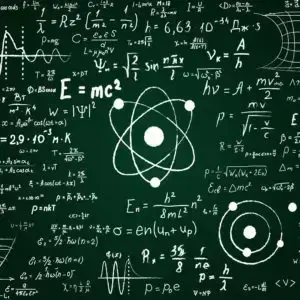Engineers at NASA say they have successfully revived thrusters aboard Voyager 1, the farthest spacecraft from our planet, in the nick of time before a planned communications blackout.
A side effect of upgrades to an Earth-based antenna that sends commands to Voyager 1 and its twin, Voyager 2, the communications pause could have occurred when the probe faced a critical issue — thruster failure — leaving the space agency without a way to save the historic mission. The new fix to the vehicle’s original roll thrusters, out of action since 2004, could help keep the veteran spacecraft operating until it’s able to contact home again next year.
Voyager 1, launched in September 1977, uses more than one set of thrusters to function properly. Primary thrusters carefully orient the spacecraft so it can keep its antenna pointed at Earth. This ensures that the probe can send back data it collects from its unique perspective 15.5 billion miles (25 billion kilometers) away in interstellar space, as well as receive commands sent by the Voyager team.


Lifetime dose limit, fine. 100mSv/year is the lowest associated with a significant increase in cancers. 2Sv is severe radiation poisoning, possibly even fatal. Of course we’re talking over maybe a 18month period, probably more like 2 to 3 years.
Ok, so let’s say upper side of the full dose is 2Sv over 3 years. That’s 666 mSv/year, so right now that doesn’t look great. But it gets worse as you break it down. ~55mSv/ month. ~2mSv/day. That’s a lot. Like ~500 dental X-rays a day. Obviously distributed throughout the body.
5% of people exposed to 1Sv lifetime dose will die of a fatal cancer.
I can’t find a lot on what 666mSv/year would do to you, but from everything I gather, it would definitely shorten your lifespan. I certainly wouldn’t volunteer for it.